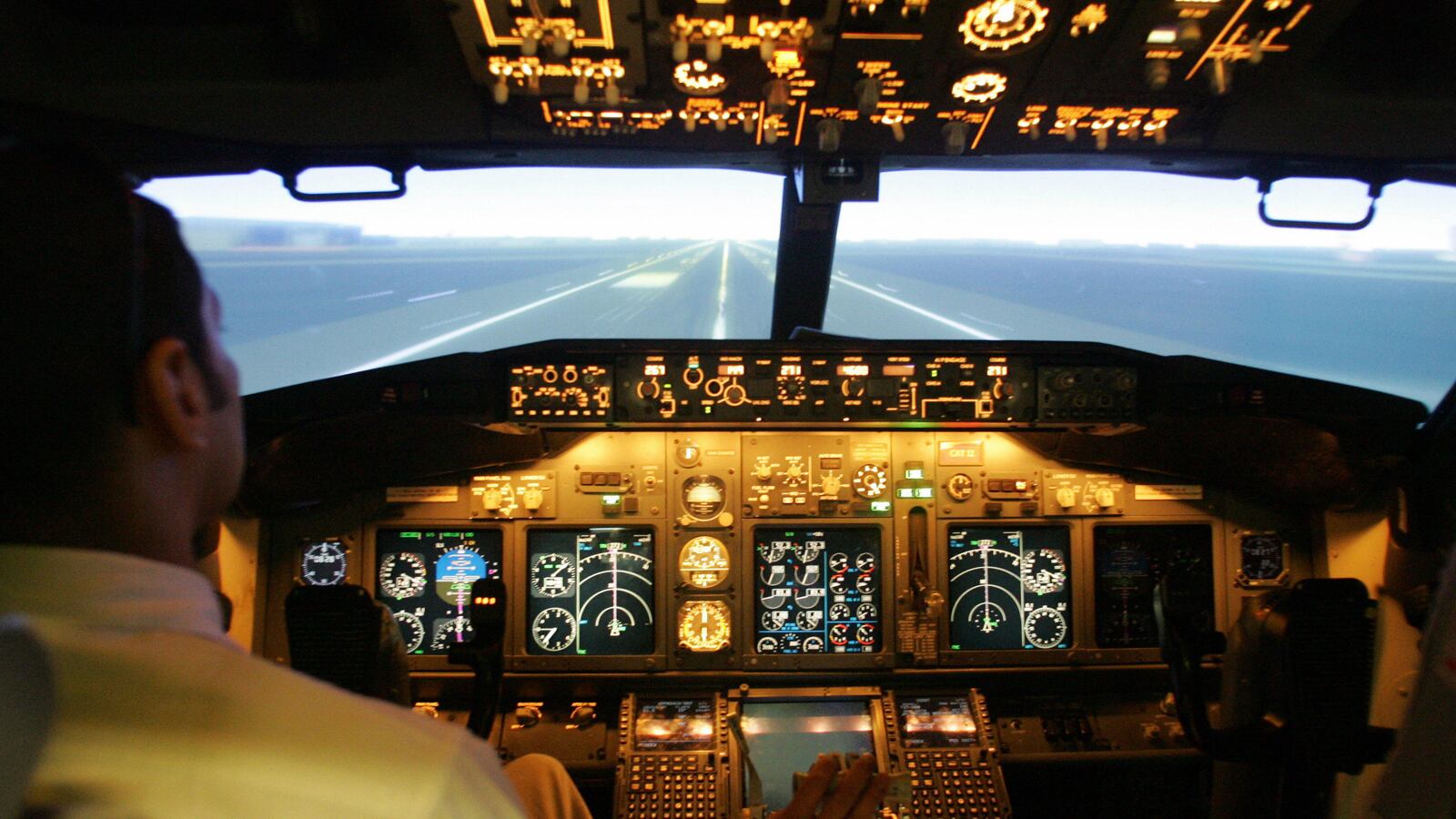A months-long review of the design and approval of Boeing’s 737 Max by the National Transportation Safety Board has concluded that the company did not account for how new software—which contributed to two crashes that killed 346 people—would create a chaotic environment inside the cockpit. The software, known as MCAS, was automated to move the plane’s tail and push the nose down; however, when triggered, the MCAS also activated other malfunctions inside the cockpit, overwhelming the pilots. In both crashes, a faulty sensor triggered MCAS, leading to a cascade of other warnings, according to the NTSB.
Boeing reportedly assumed that if MCAS was accidentally activated, pilots would be able to correct the mistake through a standard emergency procedure; but the company had only tested the possibility of an MCAS failure in isolation, not factoring in how the system would play out in real life. “They did not look at all the potential flight deck alerts and indications the pilots might face,” said Dana Schulze, director of the Office of Aviation Safety at NTSB. “Multiple alerts and indications have been shown through years of research to have potentially an impact where pilots will not respond as perhaps you might have intended.” The 737 Max is currently grounded, while Boeing works on software updates.






